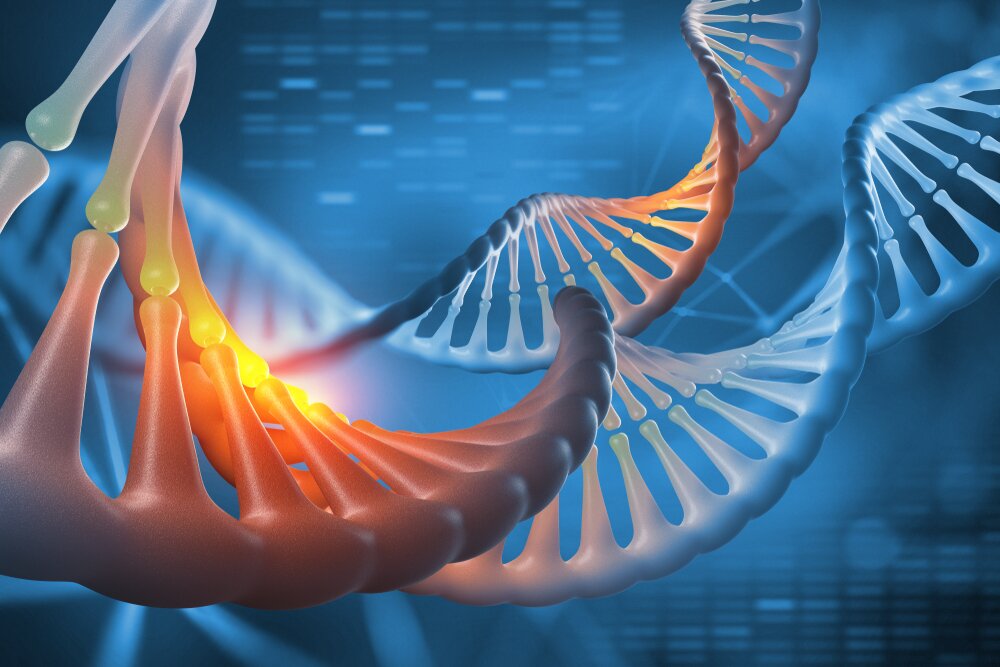A little while back, Razib Khan used data from 23andMe to explore his family’s genetic history. He previously published his findings and summarized them. Today, I’m going to fill you in on what he had to say!
Khan was interested in genetics, anthropology, and history, mainly how we have changed the way lineages are marked thanks to the increase of technology. This developed a curiosity for Khan to learn more about his genome.

Khan’s family are from the Comilla district in Bengal; all four of his grandparents were ethnic Bengali’s, and appearance-wise, he looks typically South Asian. He had some skepticism about the test and his genome.
Khan comes from a large family, where both his parents have many siblings. The large family has allowed Khan to have already a sense of his risks for certain diseases, along with the knowledge of his family’s medical history.
Skeptical but curious, Khan tried out 23andMe during a sale offer. Expecting a generic result, Khan was surprised by the results. 23andMe’s ancestry painting algorithm.
This calculated Khan as 57% European, 43% Asain, and less than 1% African. Initially, Khan thought the Asian percentage was a little high, so he asked to see whether other South Asians had received such a high value. The answer was none had.
From his ‘gene sharing,’ he found that generally, the Asian range from 23andMe’s algorithm was 10-35%. The lower portion of this percentage was from people in the northwest of the Indian subcontinent.
Those higher values were coming from the east and south. Intrigued by this, Khan consulted the paper Reconstructing Indian History, which explained this wide percentage range.
The paper explained that South Asians are a combination of the European-like population and a marginally Asian-like population, made up of Ancestral Northern Indians (ANI) and Ancestral South Indians (ASI).
The former’s mixture went from 75% in the northwest to 45% in the far south. The paper cites the class system as a contributing factor to this. Khan assumed that his high Asian percentage was due to having more ASI than the norm.
There was skepticism towards this due to the Comilla district borders, which would indicate that he has Tibeto-Burman ancestry that he may not have been aware of.
Neither of his parents was aware of a potential link, and 23andMe does not offer a more detailed response, leaving Khan with some uncertainty.
What next?
Khan decided to use 23andMe to genotype his parents and gain more insight into his family's heritage. During the waiting time, he spoke on his blog about his predicted outcomes of these tests.
Khan initially thought that his father’s heritage might have been different from what they believed and wrote some extensive blog posts on this issue. The results from 23andMe stated that his father was less Asian than his mother.
Khan ran their date through ADMIXTURE and EIGENSOFT using various parameters, and overwhelmingly the results said that his mother was more Asian than his father, leaving him with conflicting advice.
Khan returned to the drawing board, looking at oral histories from both sides of the family, consulting origins of Tibeto-Burman ancestry and the possibility of eastern Bengali Muslims being in his lineage.
From his research, he concluded that he had no real change in terms of his self-conception, but rather Khan was now intrigued by historical population genetics instead of scientific genealogy.
Final Word
Khan concluded that although not much was revealed to him about his family, it is a hobby he has decided to keep hoping that more knowledge will become available in the future.
